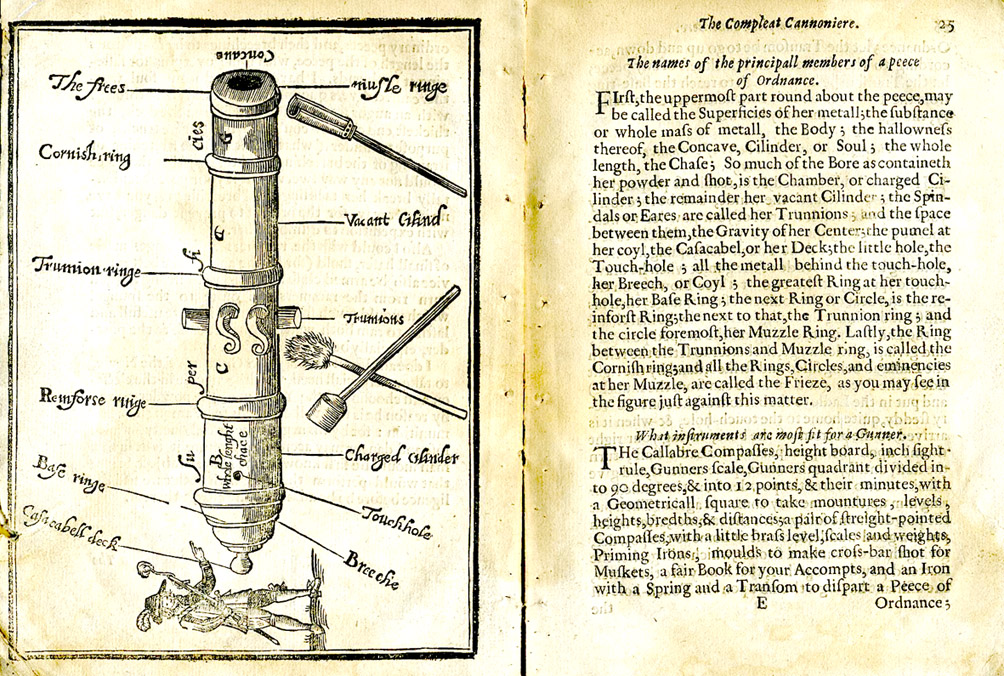Firearms have been incorporated into even our earliest wargaming roots. Recently, I have had the (mis)fortune* of creating a Pathfinder character. I discovered, much to my chagrin, the strange rules Pathfinder presents as being representative of early firearms... and I knew that I had a subject to discourse on.
Being a historian, I clearly like my games to emulate the world, rather than simply make reference to it. There is, as we have discussed before, a necessary tipping point where complex simulation becomes tedium and that tipping point differs for every individual. However, I would argue for a fulcrum somewhat closer to simulation than not, for the simple reason that it complicates things and, in situations where stories tend to be emergent rather than planned, complications are often wonderful. So what exactly is my problem with Pathfinder firearms?
My biggest issue is reload time. It's that simple. I'm not sure how long a round is meant to be in Pathfinder, but it certainly isn't long enough to reload an arquebus. There is an entire class dedicated to gunslingin' (strangely anachronistic for the weapons they wield) and they can speed up the reloading process even faster. Indeed, Pathfinder makes the case that reloading is hardly a thing to be worried about at all if you are trained in it. To compensate for these relatively fast reload times, I suppose, most firearms don't deal all that much damage.
This trivializes the nature of firearms, I think, badly. While the representation of firearms in AD&D is not perfect, it represents their much more uneven nature. This, in fact, brings us to the problem of realistic fire-arms in any roleplaying game. Like arrows, ball-and-shot wounds were difficult to treat and often resulted in sepsis, gangrene, and other unpleasant nastiness. We don't represent those things in D&D (or we do so at a greatly reduced rate) so how can I ask that we represent them for firearms?
I don't ask that, because it may be stepping too close to the tipping point of complexity vs. playability. We do not need, necessarily, to model the complex and unpleasant degenerations of disease and infection with gory detail; partly because it is difficult, but mostly because it would cause an already lethal game to be simply unplayable in terms of death. While I value the bony hand of Death reaching into my games to pluck out unwary and unsuspecting folk at a whim, I certainly must draw the line somewhere. This is the place I choose to draw it, at arrow-, bullet-, and ball-wound infection.
But I don't think there's necessarily a reason to remove firearms altogether. While I prefer a much more medieval milieu for my games, I have from time to thought about setting a game during the Italian Wars of historical Italy and other such powder-bearing periods. In a simulation, however, one must determine the right balance of lethality and reliability that antique firearms actually represented.
I have not done extensive research into firearm-wounds, nor do I plan to in the near future (though it is an interesting project and I might look into it) but from what I understand, they were not necessarily instantly lethal (in terms of pure bodily shock and damage) but rather varied greatly upon the individual circumstances surrounding the impact and firing of the weapon. That, to me, suggests a variable range of damage; like an arrow, a bullet could rip through your eye, though plate armor was a good deterrent to being shot and could act in a strongly ablative manner, reducing the damage one actually received from the ball.
Therefore, I would suggest that a system of ablative armor and highly variable damage be used for a game set in a time or setting with mass firearm use. These are, of course, unformed thoughts that would bear testing... however, I would like to see a game that makes use of the Renaissance (somewhat more effectively than Warhammer Fantasy) and develops a rule system that can handle firearms in a somewhat more realistic way but without the intense mathematics of Aftermath's black powder rules.
*Here I jest, kind folks devoted to Pathfinder! Truer things...


Hoho my friend, if Pathfinder fans have a problem with the gunslinger class (other than the intensely retarded nomenclature and attempted John Woo mechanics, which unsurprisingly don't really turn heads in a game with a prestige class for being a magical blood waterballoon or you might select a "rage power" to swim -angrily- well) it is that under normal circumstances (barring the use of extremely expensive alchemical bullets or whatever and some feats) they simply cannot reload fast enough to make a full attack action with a high Base Attack Bonus.
ReplyDeleteHow crazy is that?
Plus, not only will plate armor not get in the way of even the earliest firearms (at least within their first range category), nor will natural armor, like the skin of an elephant or the hide of a crocodile (not to mention the magical structure of his skull which has been documented to actually deflect MODERN shot)!
And there was a great sighing that went up amongst the people, and everyone lamented for the future of games.
DeleteWait... plate armor will nor protect against firearm shot, nor will natural armor like leathery or scaly skin, or rigid shells... but skulls can deflect modern shot?
DeleteThis seems an odd position to take.